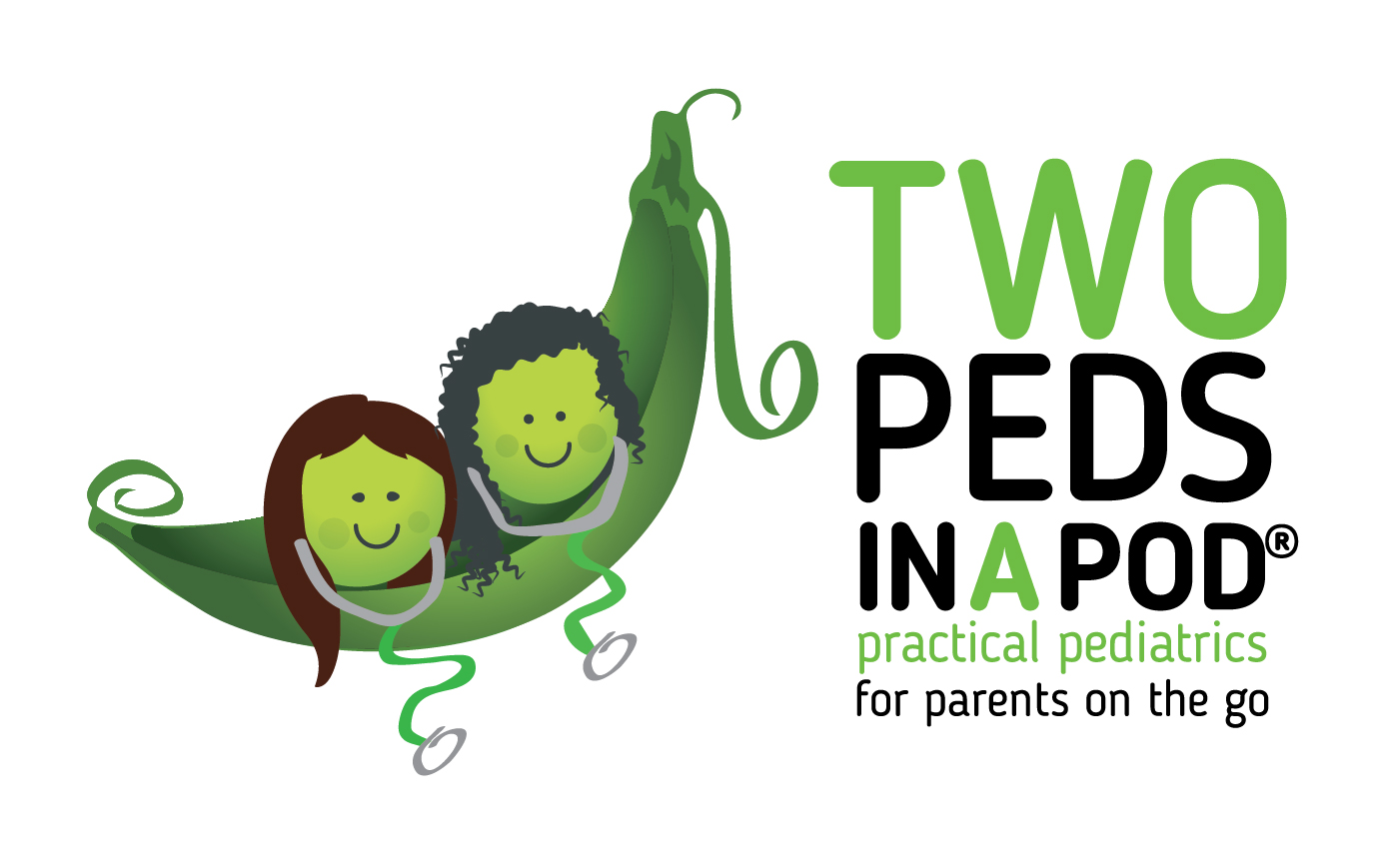One of Dr. Kardos’s kids yelled in our office a few years ago: “I’m getting a SHOT?! NOOOO! GET AWAY FROM ME!!”
Even the front desk staff could hear him, and he was in the exam room farthest to the rear of the building. Meanwhile, his twin brother just sat and pouted but did not flinch.
Even a pediatrician’s child does not always approach the prospect of an immunization or blood draw with a grin on his face. Here are ways you can take away the sting of a needle:
Set the stage. Your child looks to you for clues on how to act. If mommy and daddy are trembling in the corner of the room, it will be difficult to convince your child that the immunization is “no big deal.” Do not tell your child days in advance that she will be immunized. The more you perseverate, the more your child will perceive that something terrible is about to happen. Simply announce to your child right before you leave to get the immunization, “We are going to get an immunization to protect you from getting sick.”
Do not say “I’m sorry.” Say instead,”Even if this is tough, I am happy that this will protect you.”
Never lie. If your kid asks “Will it hurt?” say “Less than if I pinched you.”
Watch your word choice. Calling an immunization “a shot” or “a needle” conjures up negative images. In general, avoid negative statements about injected vaccines. I cringe when parents in the office threaten children with,” If you don’t behave, then Dr. Lai will give you a shot.” Remember, shots protect against deadly diseases and are in no way punishments for children.
Kids talk. Be aware that kids, especially those in kindergarten, like to scare each other with tall tales. Ask your child what they have heard about vaccines. Let children know that Johnny’s experience will not be their experience.
The moment is here.
You may have heard about a topical cream which numbs up an area of skin. Unfortunately, because the creams anesthetize the surface of the skin and most vaccines go into muscle, I do not find the creams very effective at taking the pain away.
Instead, practice blowing the worries away. Have your child practice breathing slowly in through her nose and blowing out worries through her mouth. For the younger children, bring bubbles or a pin wheel for your child to blow during the immunization. In a pinch, rip off a piece of the exam paper from the table in the room and have your child blow the paper.
The cold pack: holding something very cold, placing a cold pack on your child’s arm around the area to be vaccinated, or placing a cold pack on the NON-vaccine arm can distract your child’s brain from feeling the pain of an injection.
“Transfer” the immunization to mommy or daddy. Have your child squeeze your hand and “take the immunization” for him.
Tell your child to count backwards from 10 and it will be over. In reality, it will be over before your child says the number seven.
Have as much direct contact with your child as possible. The more surfaces of his body you touch, the less your child’s brain will focus on the injection. Again, this is the distraction principle at work. By touching your child, you are also sending reassuring signals to him. For the younger child, if he is on the table, stay close to his head and hug his arms, or have him on your lap. Holding him firmly will make him feel safe and will prevent him from moving during the injection. Movement causes more pain or even injury.
For the older child and teens, hold their hands. I sometimes see parents of older teens and college students leave the room, believing that their kids are beyond the age of fearing vaccines. However, we find that even the big kids may need company during vaccines.
After the drama is over.
Have your older child sit quietly for a moment. As the anxiety and tension suddenly falls away, the body sometimes relaxes too suddenly and a child will start to faint. This phenomenon seems to happen most often with the six foot tall stoic teenage boys, but we’ve also seen teen girls and some younger kids get a bit light-headed. We have a saying in my office- “The bigger they are, the more likely they are to fall.” If your child becomes pale (or green) have him lie down for a few minutes until he feels better.
Compliment your child. Remind him that you will never let anyone really hurt him.
Now my story:
When my middle daughter was two years old, my family trouped into my office for our flu shots. We all sat calmly in a circle and smiled.
First, the nurse gave me my immunization. I smiled. My middle daughter smiled.
Second, the nurse gave my husband his immunization. He smiled. My middle daughter smiled.
Then the nurse gave my oldest daughter her immunization. She smiled. My middle daughter smiled.
Then the nurse gave my middle daughter her immunization. She did not smile. She did not cry. Instead, she slugged the nurse with her little fist. I think the nurse felt more pain than my child.
Someday all immunizations will be beamed painlessly into children via telepathy. Until then, I have no advice on how to take the sting away from the punch of a two year old.
Naline Lai, MD with Julie Kardos, MD
©2014 Two Peds in a Pod®
Revised from 2009 post on this topic.



